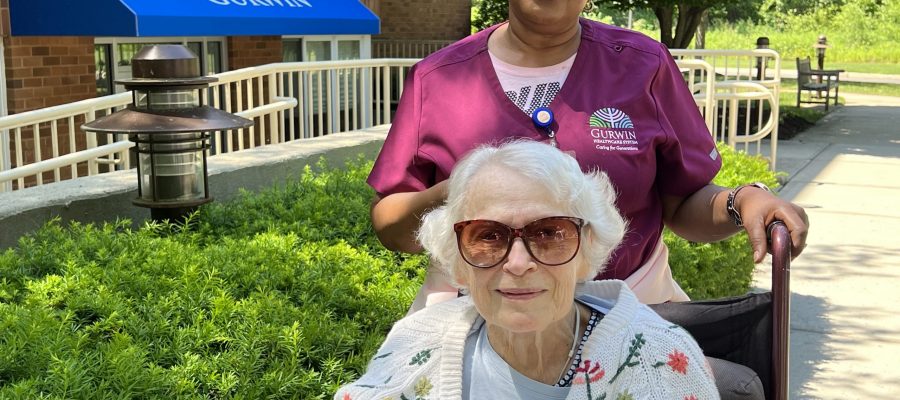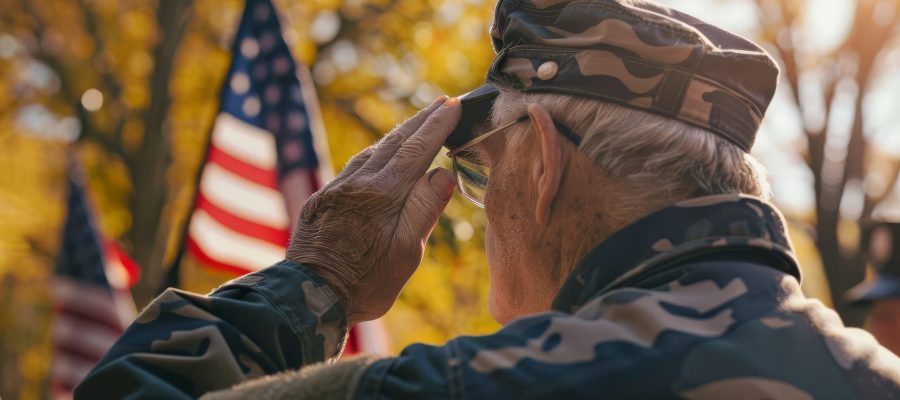October is Breast Cancer Awareness Month, a good time to remember that a key factor in breast cancer survival is early detection! The American Cancer Society recommends the following guidelines for women without symptoms:
Women in their 20s and 30s should have a clinical breast exam by a health practitioner as part of their regular exam at least every two-to-three years, and should do monthly breast self-exams. Instructions for breast self-exams can be found at www.nationalbreastcancer.org/breast-self-exam.
Women age 40 and over should have a screening mammogram and a clinical breast exam by a health practitioner every year, and should also do monthly breast self-exams.
Monthly breast self-exams (BSE) should be done a week or so after a woman is finished with her period. If a woman does not get her period anymore, she should choose the same day each month—like the day of her birthday—so she remembers to do BSE. It is good to do a self-exam while lying down, or standing up in the shower, when hands are soapy and glide with ease over the breasts.
Report any changes in the breasts, such as a lump, swelling, skin irritation or dimpling, nipple pain or the nipple turning inward, redness or scaliness of the nipple or breast skin, or a discharge other than breast milk, to your healthcare provider. Most of the time, these changes are not cancer!
A small percentage of men develop breast cancer, so any of the above changes experienced by a male should also be reported to a health care provider.
Remember: Early detection saves lives!


